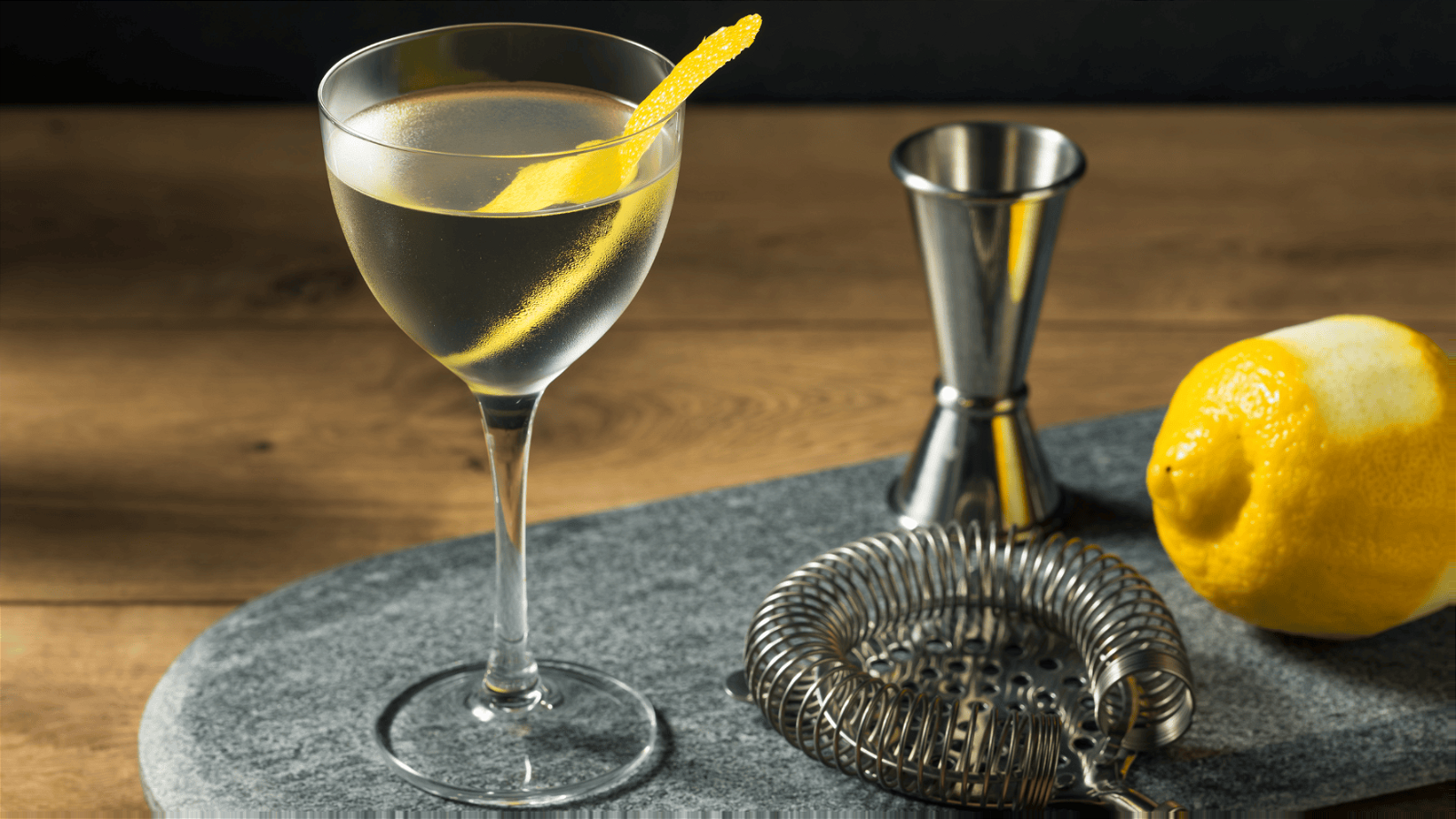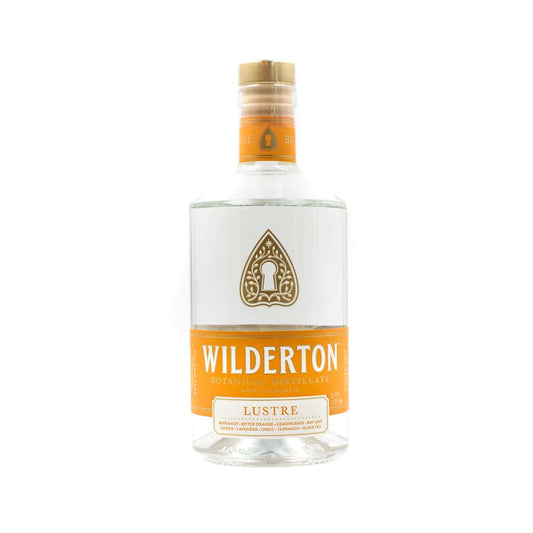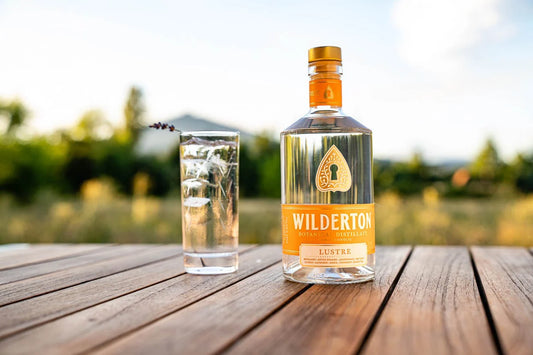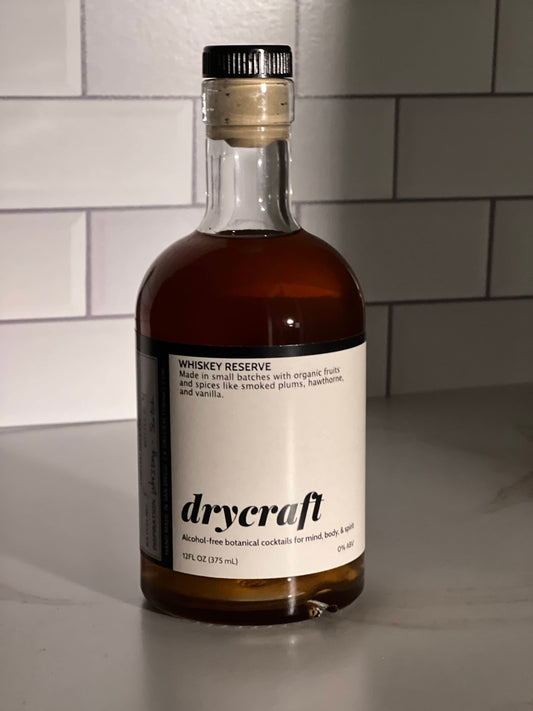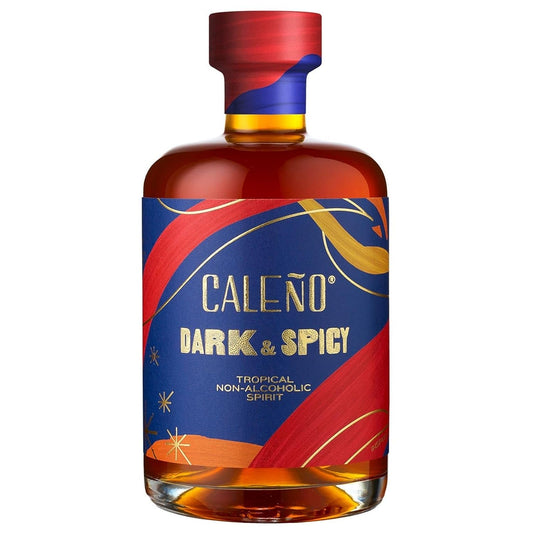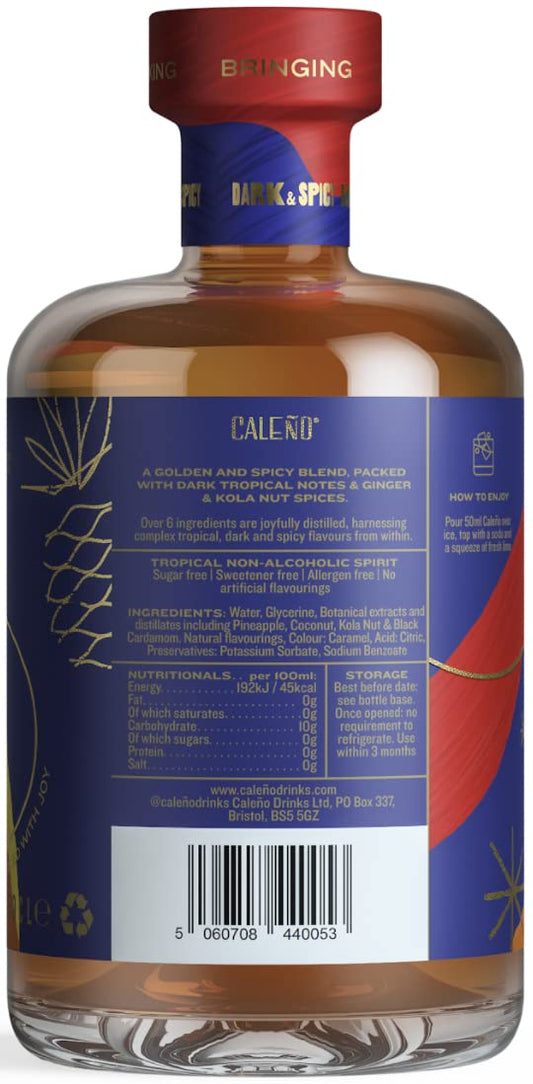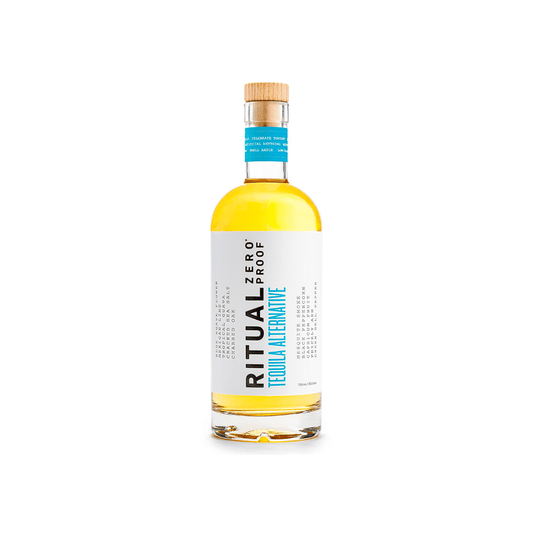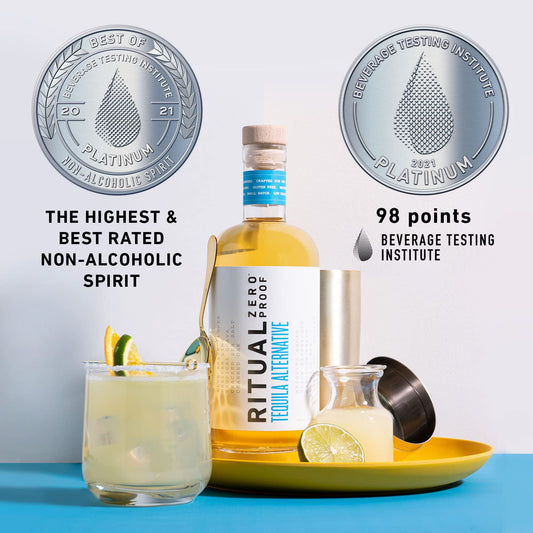When I did drink more often, I almost never ordered a martini at a restaurant. Is it because I never had a good one? I don't think so. I think it was too spirit forward to be super enjoyable for me. So when I discovered the zero alcohol version of some of these classic drinks, they somehow became more approachable and enjoyable, where you could actually taste the flavor of the botanicals instead of bracing yourself for the sting of the alcohol.
When it comes to a Dry Martini, it's basically a 100% alcohol drink. So when you substitute some or all of the ingredients with non-alcoholic alternatives, the flavor profile suddenly transforms and I'm excited to share that with you!
What is a Dry Martini?
The dry martini, an iconic and sophisticated cocktail, has long held its place as a symbol of elegance and refinement. Traditionally made with gin and dry vermouth, it has captured the hearts of cocktail enthusiasts around the world. But what exactly sets a dry martini apart from its counterparts? In this article, we'll delve into the essence of a dry martini, explore its unique characteristics, and share five invaluable tips and tricks to help you craft the best non-alcoholic version of this classic cocktail.
Defining the Dry Martini
A dry martini, unlike its wet or other variations, focuses on highlighting the crisp, clean flavors of its key ingredients. It is characterized by its minimal sweetness and a pronounced emphasis on the botanical notes of the gin and the herbaceous quality of the dry vermouth. The dry martini is renowned for its simplicity, elegance, and the subtle interplay between the spirits, making it a beloved classic.
If you've never had the pleasure of experiencing a dry martini, let's embark on a flavorful journey to help you understand its unique taste. Picture a drink that offers a harmonious blend of crisp and refreshing qualities, akin to sipping on a citrus-infused breeze. The dry martini tantalizes your taste buds with a delicate balance of botanical flavors and a subtle hint of herbs. Think of it as a refined blend of aromas, where the aromatic notes of juniper berries, reminiscent of a walk through a pine forest, dance with the subtle sweetness of citrus. It's a drink that exudes sophistication and elegance, much like a refined tea with a gentle bitterness that awakens the palate. The dry martini brings together the botanical complexity of gin, with its delightful blend of herbs and spices, and the herbal nuances of dry vermouth, resulting in a symphony of flavors that is crisp, clean, and utterly refreshing. It's a drink that invites you to savor every sip and discover the art of mixology in its simplest, most delightful form.
Now, if we were to add too much vermouth to our dry martini, the delicate balance would shift, offering a different experience. The flavors of the botanicals and herbs in the gin may be overwhelmed, and the subtle sweetness of the citrus might be masked. Instead, the drink may become slightly more herbaceous and possess a stronger, almost bitter undertone. While some may enjoy this variation, it is important to maintain the delicate equilibrium to truly experience the essence of a classic dry martini. The goal is to strike that perfect balance between the gin's botanical profile and the subtle influence of dry vermouth, creating a drink that is crisp, clean, and showcases the refined flavors of both components.
Remember, when crafting your own non-alcoholic dry martini, experiment with the ratio of ingredients to find your preferred level of dryness. It's a personal journey of exploration and taste, so don't be afraid to adjust and tailor the recipe to suit your palate.
5 tips to help you craft the best Dry Zero Alcohol Martini
1. Choose the Right Non-Alcoholic Spirit
To create a non-alcoholic dry martini that stays true to the essence of the cocktail, selecting a high-quality non-alcoholic spirit is essential. Look for options that capture the botanical complexity and aromatic characteristics of gin, with an emphasis on juniper-forward alternatives or herbal-infused spirits. Exploring different brands will allow you to find the one that best suits your palate. A few of our favorites are:
2. Embrace the Power of Vermouth Alternatives
While dry vermouth is a fundamental ingredient in a traditional dry martini, non-alcoholic vermouth alternatives can be employed to achieve the desired flavor profile without the alcohol content. These alternatives add depth and complexity to your non-alcoholic rendition. Consider exploring a range of non-alcoholic aperitifs and vermouths, such as Roots Divino Bianco or Lyres Aperitif Dry, to achieve that signature martini taste.
3. Perfect the Art of Dilution
Mastering the art of dilution is crucial to achieving the ideal balance of flavors in a dry martini. Stir the ingredients gently with ice to encourage the mingling and harmonization of flavors. This process ensures a well-integrated and smooth final product. Strive for the perfect dilution, as it will significantly enhance the overall drinking experience.
4. Garnish with Care
Carefully selected garnishes can elevate the visual appeal and aromatic nuances of your non-alcoholic dry martini. Consider using a citrus twist, a few quality olives, or even a few drops of non-alcoholic bitters to add that final touch of complexity and character. Experimentation with garnishes will allow you to customize the martini to your taste preferences.
5. Experiment with Botanical Infusions
Take your non-alcoholic dry martini to new heights by infusing your non-alcoholic spirit with botanicals. Fennel seeds, rosemary, lavender, and other flavorful herbs and spices can be used to create enticing and unique flavor profiles. These infusions add depth and complexity, transforming your martini into an unforgettable experience.
The Takewaway
A dry martini, unlike its wet or other variations, focuses on highlighting the crisp, clean flavors of its key ingredients. It is characterized by its minimal sweetness and a pronounced emphasis on the botanical notes of the gin and the herbaceous quality of the dry vermouth.
Crafting the perfect non-alcoholic dry martini is a delightful journey that invites creativity, exploration, and a deep understanding of its defining elements. By selecting the right non-alcoholic spirits, incorporating vermouth alternatives, mastering the art of dilution, garnishing with care, and experimenting with botanical infusions, you can create a non-alcoholic version that captivates the senses and rivals its alcoholic counterpart in taste and elegance. So, raise your glass and embark on the exciting adventure of crafting a refreshing and sophisticated non-alcoholic dry martini!
How to make it
This classic drink is super minimal, but with the non-alcoholic version, we like to add a couple additional ingredients to really make it shine and deliver the complexity that a full alcohol version would. Here's what you'll need:
- Two complementary nonalcoholic gins, like A Cut Above Zero Alcohol Gin and Pentire Seaward. We prefer the Plymouth style gins that are softer on the palate and more citrus forward, but if you like a gin that is more juniper forward, then try Monday gin.
- An accent spirit, like Caleno Light & Zesty, which is gin-adjacent and has citrus flavors that pair well with the lemon peel garnish. For something even more citrus forward, try Wilderton Lustre.
- A smooth non-alcoholic vermouth, like Roots Divino Bianco, which provides a nice fruity and anise flavor to round out the party.
Then just throw the ingredients into your mixing container, give it a stir, and then strain into your chilled glass.
If you give it a try, let us know what you think!

